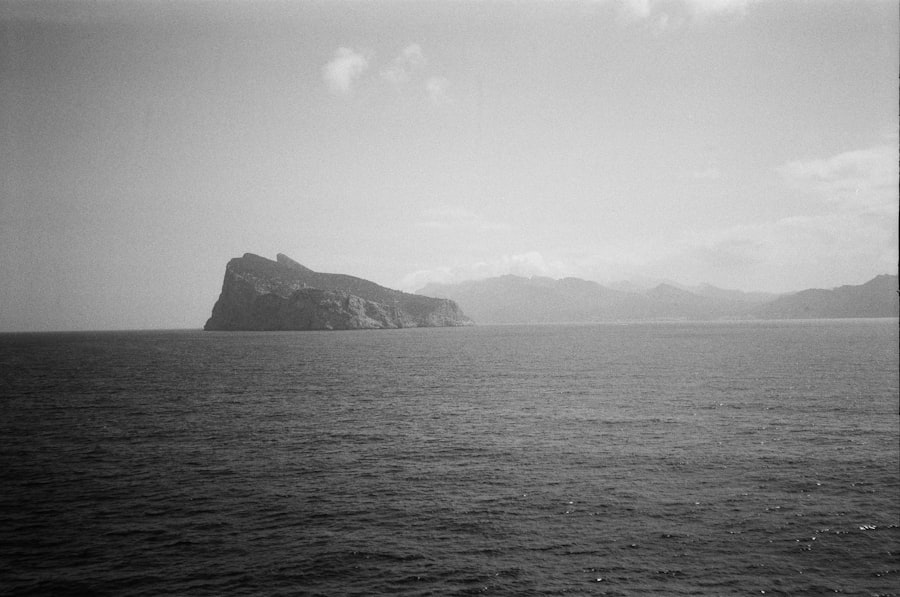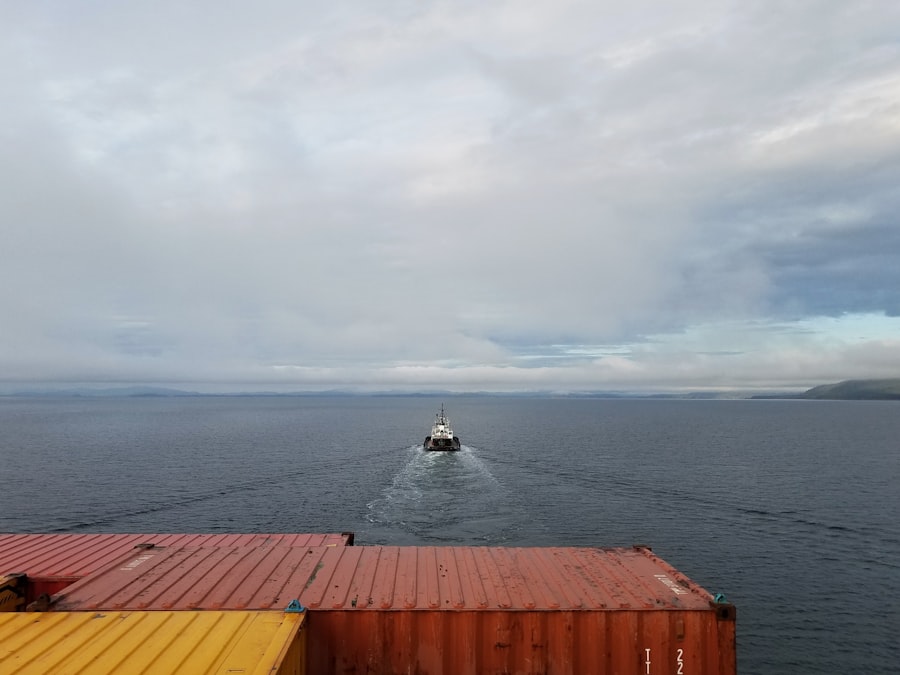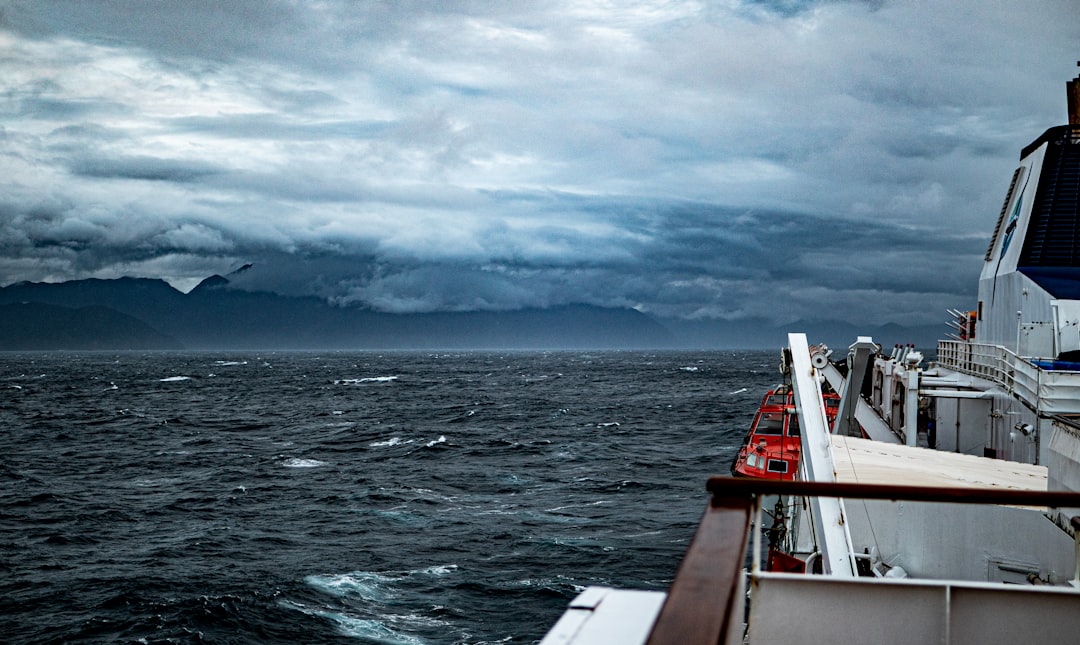The Drake Passage, a body of water situated between the southern tip of South America and Antarctica, is renowned for its tumultuous seas and unpredictable weather patterns. This narrow stretch of ocean, measuring approximately 800 kilometers (500 miles) in width, serves as a critical maritime route for vessels traveling to and from the Antarctic region. Named after the English explorer Sir Francis Drake, who navigated these waters in the late 16th century, the passage is often characterized by its fierce winds and high waves, making it a formidable challenge for sailors and adventurers alike.
The geographical features of the Drake Passage contribute significantly to its reputation. The convergence of the Atlantic and Pacific Oceans creates a unique environment where cold Antarctic waters meet warmer currents, resulting in a dynamic and often violent sea state. The passage is also influenced by the surrounding landmasses, including Cape Horn to the south and the South Shetland Islands to the north.
This combination of factors leads to a variety of conditions that can change rapidly, making it essential for those planning to cross the Drake Passage to have a thorough understanding of what lies ahead.
Key Takeaways
- The Drake Passage is a body of water between South America’s Cape Horn and the South Shetland Islands of Antarctica, known for its rough seas and challenging conditions.
- Factors affecting the calmness of the Drake Passage include the Antarctic Circumpolar Current, the Southern Ocean’s lack of landmass, and the prevailing westerly winds.
- Weather and seasonal considerations play a significant role in the calmness of the Drake Passage, with the austral summer months of November to March generally offering milder conditions.
- Timing is crucial for crossing the Drake Passage, with early season and late season crossings offering the best chances for calmer seas.
- The ideal times for crossing the Drake Passage are during the austral summer months, particularly in November and March when the seas are generally calmer.
- Planning for optimal conditions involves booking a reputable expedition cruise with experienced crew and choosing a larger, more stable vessel for the crossing.
- Alternatives to crossing in rough conditions include flying over the Drake Passage or taking a longer route around the southern tip of South America.
- Safety precautions for crossing the Drake Passage include securing loose items, staying informed about weather conditions, and following the instructions of the ship’s crew.
- Expert advice and recommendations for crossing the Drake Passage include preparing for seasickness, packing appropriate clothing, and mentally preparing for the crossing.
- Flexibility in scheduling is important when planning a crossing of the Drake Passage, as weather conditions can change rapidly, leading to delays or itinerary adjustments.
- Making the most of the crossing experience involves embracing the adventure, observing wildlife, attending onboard lectures, and taking in the dramatic scenery of the Southern Ocean.
Factors Affecting Drake Passage Calmness
Several factors play a crucial role in determining the calmness or roughness of the Drake Passage. One of the most significant influences is wind speed and direction. The region is notorious for its strong winds, which can reach speeds of over 60 knots.
These winds can create large swells and choppy waters, making navigation challenging. Additionally, the Coriolis effect, caused by the Earth’s rotation, can exacerbate these conditions, leading to unpredictable weather patterns that can change within hours. Another important factor is the presence of ocean currents.
The Antarctic Circumpolar Current flows through the Drake Passage, creating a powerful force that can impact wave height and sea conditions. This current is driven by the wind and is influenced by the geography of the surrounding landmasses. When combined with other currents in the area, such as those from the Atlantic and Pacific Oceans, it can lead to significant variations in sea state.
Understanding these currents is vital for mariners seeking to traverse this challenging waterway.
Weather and Seasonal Considerations

Weather patterns in the Drake Passage are notoriously volatile, with conditions varying dramatically from one moment to the next. The region experiences a maritime climate characterized by cool temperatures and frequent precipitation. During the summer months, from November to March, temperatures can be relatively mild, but storms can still arise unexpectedly.
Conversely, winter months bring harsher conditions, with colder temperatures and increased storm activity. Seasonal variations also play a significant role in determining crossing conditions. During the summer season, daylight hours are extended, allowing for longer periods of navigation.
However, this time of year can also bring increased tourist traffic, leading to more vessels in the water and potential congestion. In contrast, winter months may see fewer crossings due to adverse weather conditions, but those who do venture out may experience calmer seas as storms become less frequent.
Importance of Timing
| Timing Factor | Importance |
|---|---|
| Decision Making | Timing can greatly impact the outcome of decisions. |
| Product Launch | The timing of a product launch can determine its success. |
| Investment | Timing is crucial in investment to maximize returns. |
| Communication | Effective communication often depends on timing. |
Timing is critical when planning a crossing of the Drake Passage. The decision on when to embark on this journey can significantly impact the experience and safety of those on board. Mariners must consider not only seasonal weather patterns but also specific forecasts leading up to their departure date.
A well-timed crossing can mean smoother seas and a more enjoyable journey, while poor timing can result in treacherous conditions that pose risks to both vessel and crew. Moreover, understanding local weather patterns and trends can aid in making informed decisions about when to cross. For instance, certain times of day may offer calmer conditions due to changes in wind patterns or tidal influences.
By paying close attention to these factors, sailors can optimize their chances of encountering favorable weather during their passage.
Ideal Times for Crossing the Drake Passage
The ideal times for crossing the Drake Passage generally fall within the austral summer months, particularly from late November to early March. During this period, temperatures are milder, and daylight hours are longer, providing more opportunities for safe navigation. Additionally, this timeframe coincides with a decrease in storm activity compared to other seasons, making it a preferred choice for many adventurers seeking to explore Antarctica.
However, even within this window of opportunity, variability exists. Mariners should remain vigilant about daily weather forecasts and be prepared to adjust their plans accordingly. While summer offers more favorable conditions overall, sudden storms can still occur, necessitating flexibility in scheduling and readiness to adapt to changing circumstances.
Planning for Optimal Conditions

Effective planning is essential for ensuring an optimal crossing of the Drake Passage. This involves not only selecting the right time but also preparing adequately for potential challenges that may arise during the journey. Mariners should conduct thorough research on weather patterns and consult with experienced navigators who have firsthand knowledge of the passage’s conditions.
In addition to weather considerations, vessel readiness is paramount. Ensuring that all equipment is functioning properly and that safety protocols are in place can make a significant difference in navigating rough waters. Mariners should also consider their crew’s experience level and physical preparedness for potential challenges during the crossing.
Alternatives to Crossing in Rough Conditions
For those who find themselves facing unfavorable conditions while planning a crossing of the Drake Passage, several alternatives exist. One option is to delay departure until conditions improve. This may involve waiting for a more favorable weather window or rescheduling travel plans altogether.
Another alternative is to consider different routes or modes of transportation. Some travelers may opt for air travel to reach their destination in Antarctica rather than attempting a sea crossing during rough conditions. While this may not provide the same experience as sailing through the passage, it offers a safer alternative when faced with inclement weather.
Safety Precautions for Crossing the Drake Passage
Safety should always be a top priority when crossing the Drake Passage. Mariners must ensure that their vessels are equipped with essential safety gear, including life jackets, flares, and emergency communication devices. Regular safety drills should be conducted with crew members to ensure everyone knows their roles in case of an emergency.
Additionally, maintaining constant communication with other vessels and monitoring weather updates is crucial for navigating safely through this challenging waterway. By staying informed about changing conditions and being prepared for unexpected challenges, sailors can enhance their safety while crossing the Drake Passage.
Expert Advice and Recommendations
Seeking expert advice from seasoned mariners who have experience navigating the Drake Passage can provide invaluable insights for those planning a crossing. These experts often share tips on optimal routes, timing considerations, and strategies for dealing with rough seas. Their firsthand knowledge can help travelers make informed decisions that enhance their overall experience.
Furthermore, joining organized expeditions led by experienced guides can offer additional layers of safety and support during the crossing. These professionals are well-versed in navigating challenging waters and can provide guidance on best practices for ensuring a successful journey across the Drake Passage.
Flexibility in Scheduling
Flexibility is key when planning a crossing of the Drake Passage. Given the unpredictable nature of weather patterns in this region, travelers should be prepared to adjust their schedules as needed. This may involve altering departure dates or being open to changes in itinerary based on real-time weather updates.
By maintaining a flexible approach, sailors can increase their chances of encountering favorable conditions during their crossing. This adaptability not only enhances safety but also allows for a more enjoyable experience as travelers navigate through one of the most iconic maritime routes in the world.
Making the Most of the Crossing Experience
Crossing the Drake Passage is not just about reaching a destination; it is an adventure in itself that offers unique opportunities for exploration and discovery. Travelers should take advantage of this time at sea by engaging with fellow passengers and crew members, sharing stories and experiences that enrich their journey. Additionally, taking time to appreciate the stunning natural beauty surrounding them can enhance their overall experience.
From observing seabirds soaring overhead to spotting marine life beneath the waves, there are countless moments to cherish during this remarkable crossing. By embracing both the challenges and joys of navigating through the Drake Passage, travelers can create lasting memories that will stay with them long after their journey has ended.
The Drake Passage, known for its turbulent waters, is a significant route for those traveling to Antarctica. Understanding when this passage is at its calmest can greatly enhance the travel experience. According to an article on com/sample-page/’>MyGeoQuest, the Drake Passage tends to be calmer during the austral summer months, from November to March.
During this period, the weather conditions are generally more stable, making it a preferred time for expeditions. The article provides insights into the seasonal variations and offers tips for travelers planning to navigate this challenging yet fascinating stretch of water.
WATCH NOW! Drake Passage: Earth’s Deadliest Waters Revealed
FAQs
What is the Drake Passage?
The Drake Passage is the body of water between the southern tip of South America and the northern tip of the Antarctic Peninsula. It is known for its rough seas and challenging sailing conditions.
When is the Drake Passage the calmest?
The Drake Passage is generally the calmest during the austral summer months of December to February. This is when the weather is milder and there is less chance of encountering severe storms and rough seas.
Why is the Drake Passage known for rough seas?
The Drake Passage is known for its rough seas due to the convergence of the Atlantic, Pacific, and Southern oceans. The strong westerly winds and the lack of any significant landmass to disrupt the flow of the currents contribute to the rough conditions.
Are there any specific times of day when the Drake Passage is calmer?
There are no specific times of day when the Drake Passage is consistently calmer. However, it is generally recommended to sail during daylight hours to better navigate any potential rough seas or icebergs.
What are the best ways to prepare for sailing through the Drake Passage?
To prepare for sailing through the Drake Passage, it is recommended to pack appropriate clothing for cold and wet conditions, take seasickness medication, and follow the advice of experienced crew members. It is also important to stay informed about weather conditions and to be flexible with travel plans in case of rough seas.
